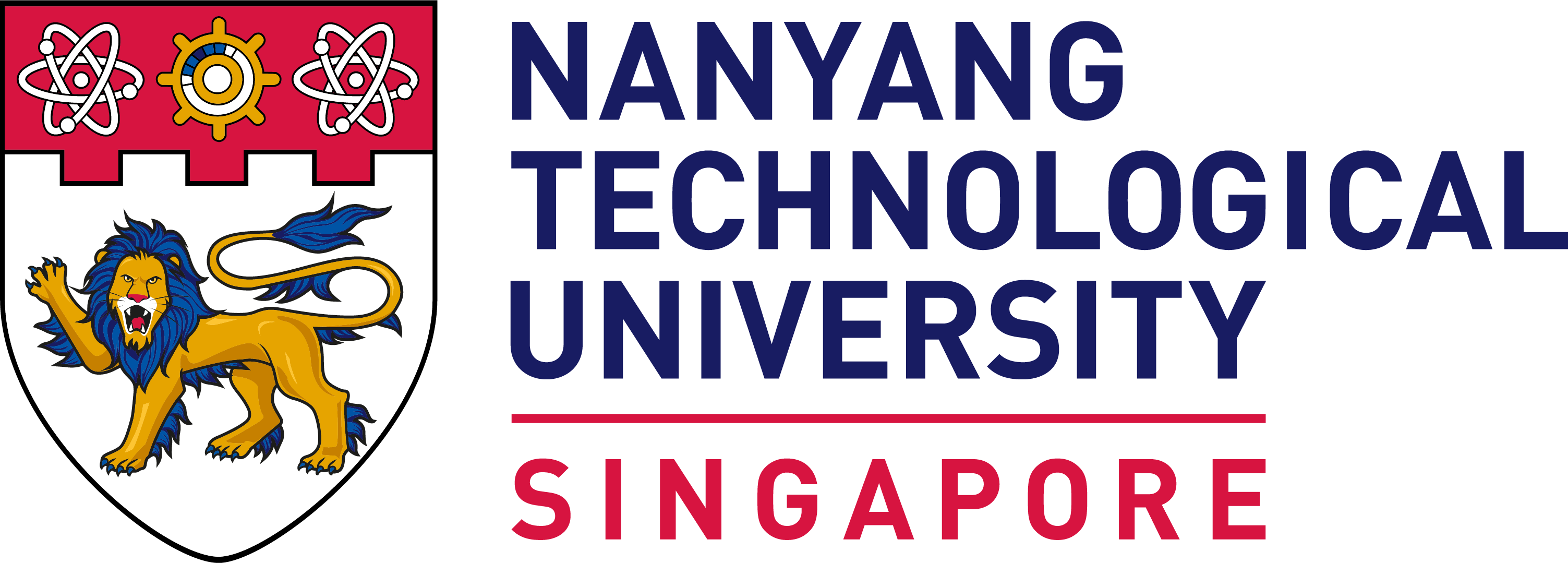
A Draw Solute for a Forward Osmosis Process
Synopsis
This invention presents a single-component, thermally responsive ionic liquid or compound as a draw solute for forward osmosis processes, enabling water extraction from brine with salinity levels up to 1.6 M NaCl. Featuring a lower critical solution temperature (LCST) of approximately 40°C, this technology utilises solar or industrial waste heat, achieving energy consumption reductions to just 23% of conventional reverse osmosis processes in water treatment.
Opportunity
Water scarcity remains a critical global issue. Desalination offers a vital means to expand water sources beyond freshwater reserves. While reverse osmosis (RO) is a dominant seawater desalination technology, it demands high pressure and is prone to membrane fouling.
Forward osmosis (FO) is an alternative solution, utilising osmotic pressure differences to drive water permeation without the need for external hydraulic pressure. This approach reduces energy input and minimises membrane fouling. However, the lack of effective draw solutes has hindered the scalability of FO desalination, limiting its potential to address water scarcity.
Technology
This thermally responsive draw solute facilitates FO by extracting water from highly saline solutions, such as brine with salinity levels as high as 1.6 M NaCl. The draw solutes feature a lower critical solution temperature (LCST) of around 40°C, enabling the use of solar thermal energy or industrial waste heat for regeneration. Compared to RO processes in water treatment, this FO technology significantly reduces energy demands, achieving energy consumption at just 23% of current RO desalination.
Applications & Advantages
This innovative draw solute offers multiple benefits:
- Desalination of high-salinity water, exceeding the capabilities of standard seawater desalination technologies.
- Reduction in energy consumption compared to RO processes.
- Utilisation of renewable solar heat or industrial waste heat for cost-effective operation.
- Lower hydraulic pressure required during regeneration with nanofiltration membranes.















